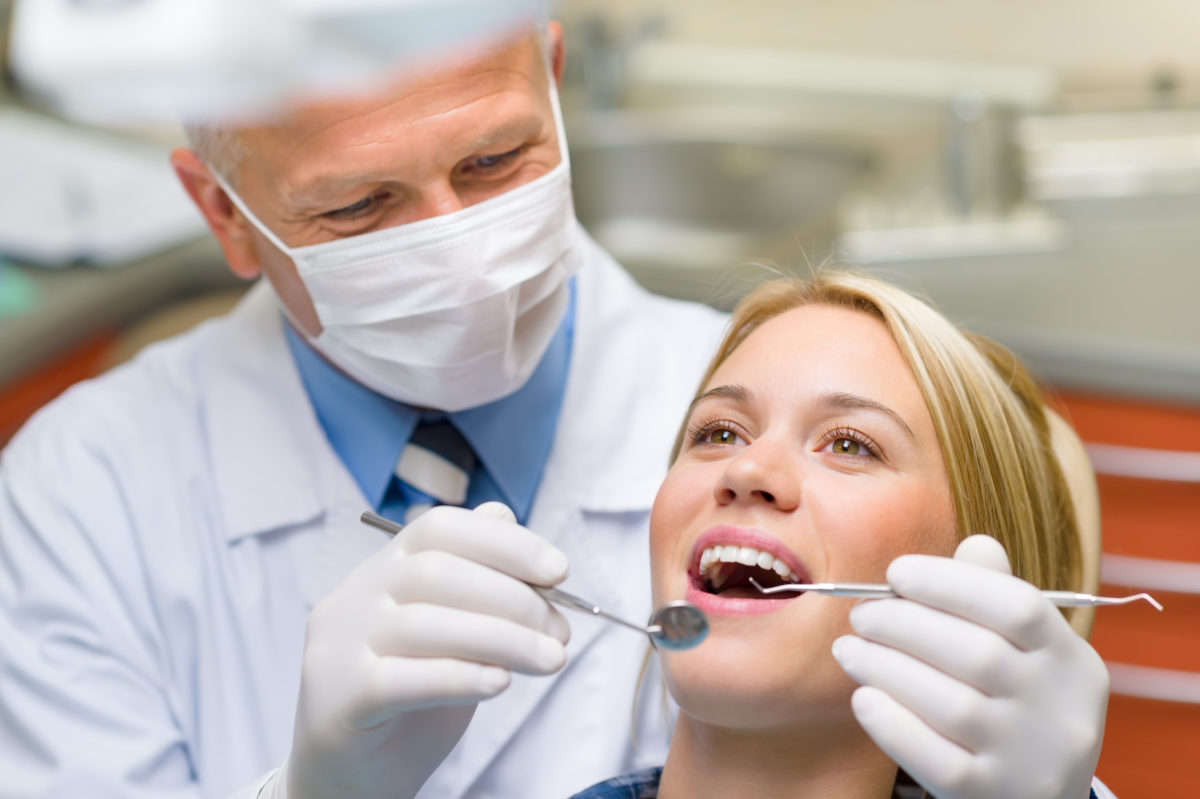The Buzz on Legacy Orthodontics
The Buzz on Legacy Orthodontics
Blog Article
Excitement About Legacy Orthodontics
Table of ContentsThe 3-Minute Rule for Legacy OrthodonticsLegacy Orthodontics for DummiesThe Single Strategy To Use For Legacy OrthodonticsThe Ultimate Guide To Legacy OrthodonticsAn Unbiased View of Legacy Orthodontics
In enhancement, we use flexible therapy timetables, versatile payment choices and an enjoyable, enjoyable experience.An orthodontist is a dental expert trained to detect, prevent, and treat teeth and jaw abnormalities. They deal with existing problems and are educated to determine problems that may create in the future. Orthodontists deal with people of any ages, from children to adults. People commonly link a best smile with health.
Malocclusion, or misaligned teeth, can cause oral issues, including tooth degeneration, gum disease, and challenging or painful chewing. However not every person is born with straight teeth. If you have a poor bite or huge rooms between your teeth, you may desire to speak with a dental practitioner concentrating on orthodontic treatment.
Getting The Legacy Orthodontics To Work
( Photo Credit Score: DigitalVision/Getty Images) Orthodontists make use of dealt with and removable oral devices, like braces, retainers, and bands, to change the setting of teeth in your mouth. Orthodontic treatment is for dental problems, consisting of: Uneven teethBite issues, like an overbite or an underbiteCrowded teeth or teeth that are too far apartJaw misalignmentThe objective of orthodontic therapy is to improve your bite.
A healthy bite ensures you can consume, eat, and speak appropriately. While you might consider orthodontists as generally for kids or teens that require dental braces, they can fix oral troubles at any age. Orthodontists participate in university, dental institution, and orthodontic institution. After graduation, they invest 2 or 3 years in an orthodontic residency program.
, however not all dental practitioners are orthodontists. They concentrate on 2 areas: Exactly how to properly and safely move teeth Exactly how to correctly direct advancement in the teeth, jaw, and faceOnce an orthodontist has completed training, they have the option to become board certified.
The Only Guide to Legacy Orthodontics
Imbalance, or malocclusion, is one of the most usual reason individuals see an orthodontist. It is genetic and is the outcome of size distinctions between the upper and reduced jaw or in between the jaw and teeth. Malocclusion brings about tooth congestion, a misshapen jaw, or uneven bite patterns. Malocclusion is normally treated with: Your orthodontist attaches steel, ceramic, or plastic square bonds to your teeth.
If you have just small malocclusion, you may be able to use clear dental braces, called aligners, as opposed to conventional dental braces (https://pinshape.com/users/6444811-legacyortho#prints-tab-open). Some individuals require a headwear to help move teeth into line with pressure from outside the mouth. After braces or aligners, you'll need to wear a retainer. A retainer is a customized device that maintains your teeth in position.
They're usually utilized on kids. They can produce additional area in the mouth without having to draw teeth. If you have a severe underbite or overbite, you might require orthognathic surgical procedure (additionally called orthodontic surgery) to lengthen or shorten your jaw. Orthodontists utilize cords, medical screws, or plates to sustain your jaw bone.
You might require to see an orthodontist if you have: Crowding or not enough room for all of your teethOverbite, when your upper teeth come over your bottom teethUnderbite, when your bottom teeth are too much forwardSpacing or concerns with gapsCrossbite, which is when your top teeth fit behind your bottom teeth when your mouth is closedOpen bite or a vertical space between your front base and upper teethMisplaced midline, when the facility of your bottom and top teeth do not line up Correcting an oral malocclusion can: Make biting, chewing, and talking easierImprove the proportion of our face and your general appearanceEase discomfort from temporomandibular joint disordersSeparate your teeth and make them less complicated to clean up, assisting avoid dental caries or tooth cavities It's often a dental expert that first notifications misaligned teeth during a regular examination.
Indicators on Legacy Orthodontics You Need To Know

During your first orthodontic consultation, you'll likely have: A dental examPhotos taken of your face and smileDental X-raysPanoramic (360 level) X-rays of your face and headImpressions to create mold and mildews of your teethThese tests will certainly help your orthodontist know exactly how to continue with your treatment. clear braces. An orthodontist is a dental expert who's had training to treat your teeth and jaw
An orthodontist is concentrated on your bite, so something like a broken tooth would certainly be taken care of by a dental professional. Orthodontists are focused on your bite, or the means your teeth fit with each other, and the straightness of your teeth.
Ever before asked yourself exactly how stars always appear to have perfectly aligned teeth? Orthodontists are oral experts who focus on correcting irregularities in the teeth website here and jaws.
Legacy Orthodontics Fundamentals Explained

, orthodontists have a diverse toolkit at their disposal. These tried-and-true dental braces make use of a system of brackets bound to the teeth and linked by cables.
These removable trays are personalized to considerably move the teeth's placement. In situations of narrow jaws, palatal expanders can be utilized to produce space for appropriate tooth alignment.
Report this page